Are you looking for information about growing pumpkins? Here are the best tips, tricks and information.
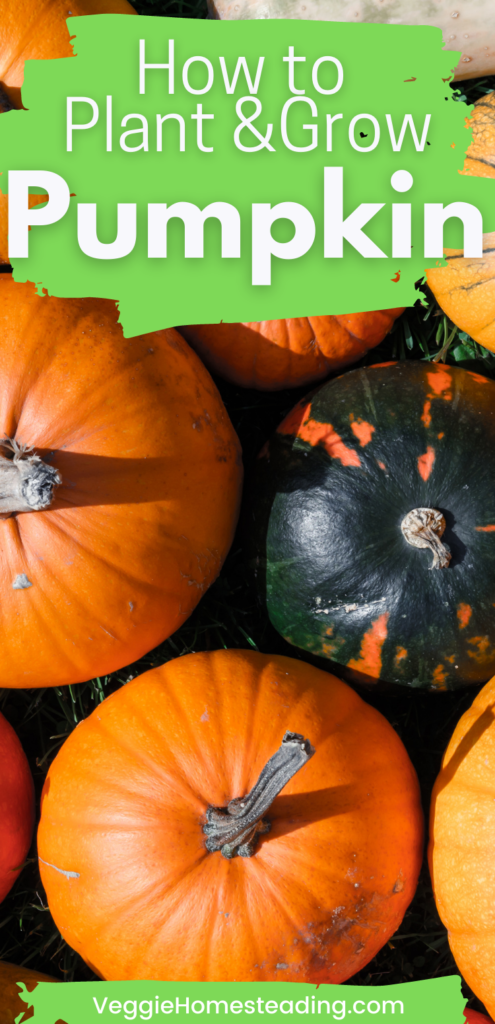
Botanical Information: Cucurbita maxima
Quick Facts:
Pumpkins require a long growing season. Frost must have passed completely and it’s important for soil to be warm. Pumpkins are easy to maintain.
Pumpkin Varieties:
Small Sugar Pumpkins: Standard size for pies
Winter Luxury: old variety, good for cooking, unique netted skin
Aspen: Hybrid, deep orange, large in size
Howden’s Field: The industry standard for the last 20 years
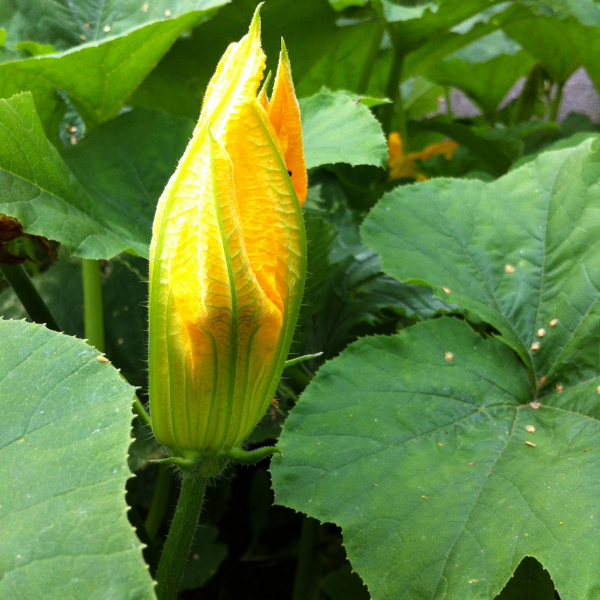
Starting:
Pumpkin seeds grow the best when the seeds are planted directly in the soil. The soil must be warm, 70 degrees or warmer before sowing the seeds outside. The optimum temperature of the soil is 95 degrees.
If the time that your soil could be that temperature is short, start the seeds indoors.
Spacing:
It is suggested to plant pumpkin seeds one inch deep, four or five seeds per hill. Keep hills spaced 5 to 6 feet from each other and in rows 10 to 15 feet apart.
When plants are young, thin each hill to only two or three plants per hill.
Companions and Enemies
There are a few plants that work well with pumpkin plants. This includes corn, beans, squash, pole beans and sunflowers.
On the other hand, some plants are devastating to pumpkin plants. This includes beets, onions, and potatoes. These will disturb roots of pumpkin plants.
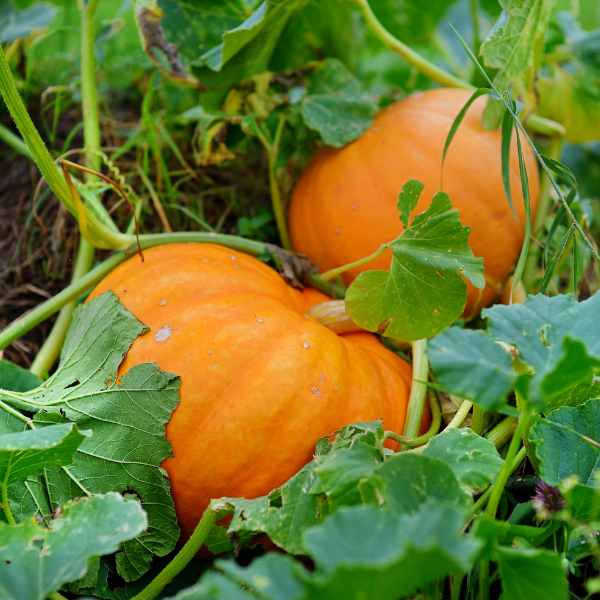
Watering :
Pumpkins require a significant amount of water, about 1 inch per week. The soil needs to be evenly moist, but it is important to keep water off of the leaves. It is suggested not to use an overhead sprinkler but instead a misting nozzle to water the hills only.
Light:
Pumpkins like full sun, or no more than a light shade.
Maintenance
Keeping the vines off of the soil is very important. If plants succumb to disease, pull up and throw away.
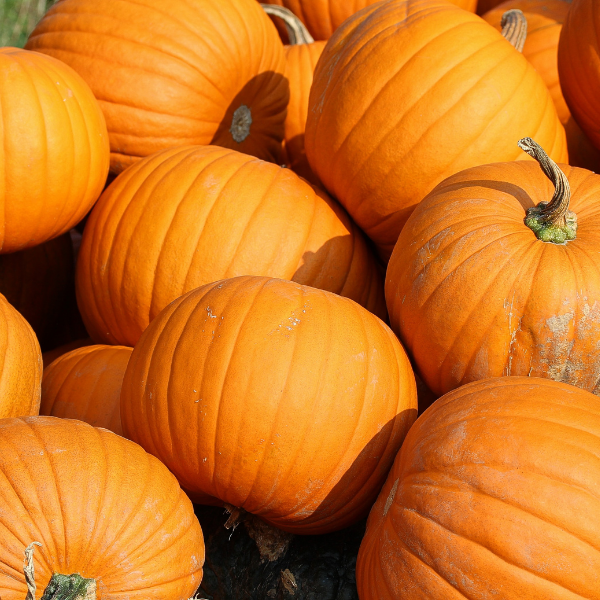
Pollination:
Pumpkins have both male and female flowers on the same plant. It makes two to make a fruit. Pollen must be moved from the male flower to the female. Pumpkin plants need bees to pollinate.
If planting in a greenhouse, or if natural pollination isn’t occurring, hand pollination can be helpful. This can be done with a delicate paint brush or cotton swab. You can also remove the male flower and shake it over the female flower to release pollen onto the female flower.
Common Problems
Alternaria Leaf Blight: A fungus, especially in high temperature and high rainfall.
Cercospora Leaf Spot: Fungus that survives on plant debris, spread by wind and water splash.
Fusarium Crown and Foot Rot: Causes necrotic rot of crown and upper taproot when the plant is uprooted.
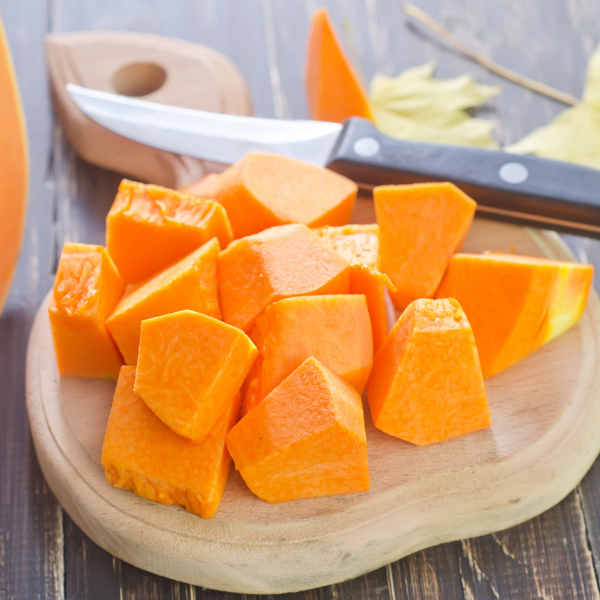
Harvesting
Pumpkins should be harvested before the first hard frost. At the end of the growing season, the vines start to die and leaves shrivel. The fruits change from green to yellow and then to a sunset orange. It is suggested to cut the pumpkins from the vine when the rind is firm. To avoid rot, leave several inches of stem attached to the fruit.
Storing & Preparing
Pumpkins should be stored in a cool, dry and dark place. Hot and humid places should be avoided, even if only storing for a couple of weeks. It is best to store the pumpkin on a board or piece of cardboard. Do not store the fruit on a cement floor or counter, they will tend to rot.
Read This for more information about freezing.


Leave a Reply